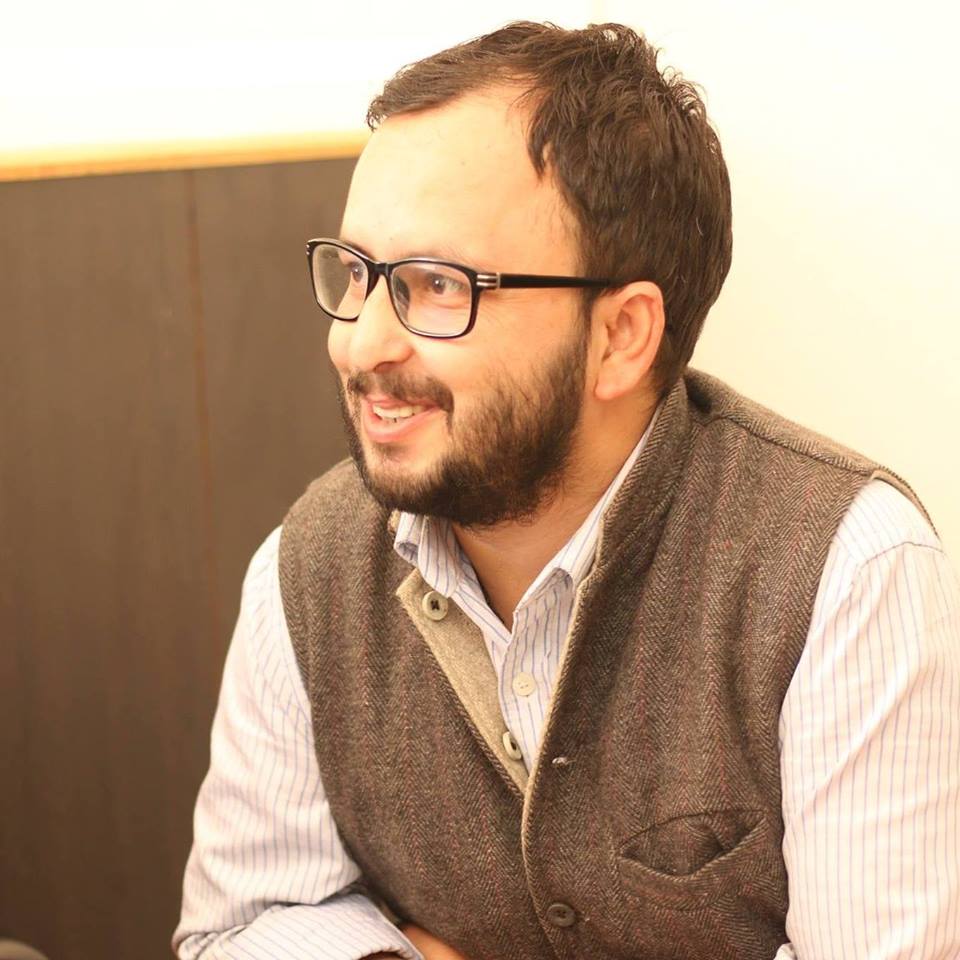New Education Policy 2019

Ashish Sharma, INN/Gwalior, @Infodeaofficial
On 31 May 2019, after a gap of five years and since 1986 the draft of National Education Policy (NEP) developed by a committee chaired by K. Kasturirangan was shared by the ministry of human resource development (MHRD) for public comment. The main aim of this education policy to ensure quality of education in India for a spam of 20 years i.e. 2020 to 2040. The draft of 2019 new education policy mainly focused upon 5 pillars of education which includes Access, Equity, Quality, Accountability and Affordability.
TO improve the credibility of education, new education policy to be reviewed every 5 years and in case of shortcomings committee of experts will improve them. New Education Policy will begins from 15th August and also decided to replace UGC by 2010.
New education policy 2019 draft includes following reforms:
- Committee proposed to change the name of Ministry of Human Resource and Development( MHRD) to Ministry of Education(MoE).
- Committee proposed to promote Indian classical languages and also to built the new institutes for promoting languages like Pali, Prakrit and Persian.
- Committee recommends forming an apex body under the name of National Research Education with the main motive to promote research and to build research capable higher institution in the country.
- Committee also recommends to treat both private and government sector institutions equally and with the aim to treat education as a ‘Non-Profit’ activity.
- Committee recommends to built IITI ( Indian Institute of Translation and Interpretation)
- Right to education Act 2009 needs to extended to fulfill the needs of children belonging to the age group of 3-18 years earlier it was 6-14 years.
- Need to develop a kind of pedagogy under which main stress is laid only on the development tof core capabilities and life skills.
- Under-Graduate programme having the duration of 3-4 years needed to be restructured and these program must have multiple entry and exit options.
- Committee recommends to offer Foreign languages at secondary level in schools.
- To implement flexibility in the three language formula.
- Committee proposed to restructure higher education institutions into three categories:
- First tier Institution they will only focuses on World class research and high quality teaching.
- Second tier institutions will lay emphasis on high quality teaching across disciplines with special focus on research.
- Third tier will cover high quality teaching for under graduated education under mission Nalanda and Mission Takshashila.
- NHRA ( National Higher Education regulatory Authority)will do all the responsibility regarding functioning of standard setting, accreditation, regulation and funding in higher education and professional education.
- To introduce technological integration of education at all levels and strengthening open and distance learning.
- TO form an apex body named RSA ( Rashtriya Shiksha Aayog) to coordinate the efforts of states and centre ans also to integrate all education initiatives as umbrella organizations.

